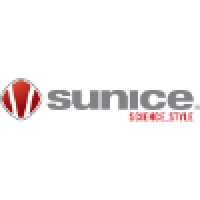
Marine Accessories Corporation
Headquartered in Knoxville, Tennessee, Marine Accessories Corporation (MAC) is the parent company of leading brands in the tower and marine canvas segments including Xtreme Tower Products (XTP), Monster Tower, TurboSwing, Fishmaster, Great Lakes Boat Top, and Westland Industries. Each carefully chosen brand specializes in boating accessories that make watersports more fun and maximize boat protection. At Marine Accessories Corporation, our life is on the water. We are passionate about everything related to watercraft. It’s in our DNA, it’s in our blood, and it’s a part of everything we do. We believe that our award-winning products and services simply make boating better. That’s why we’ve assembled a host of strong, complementary brands to serve you. We know you and your lifestyle – we’re right there in the water with you. Marine Accessories Corporation is Boating Made Better™.






